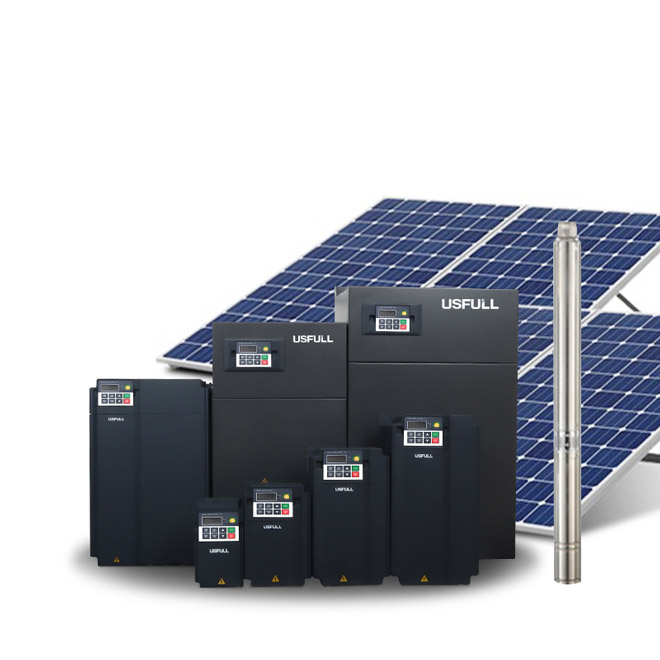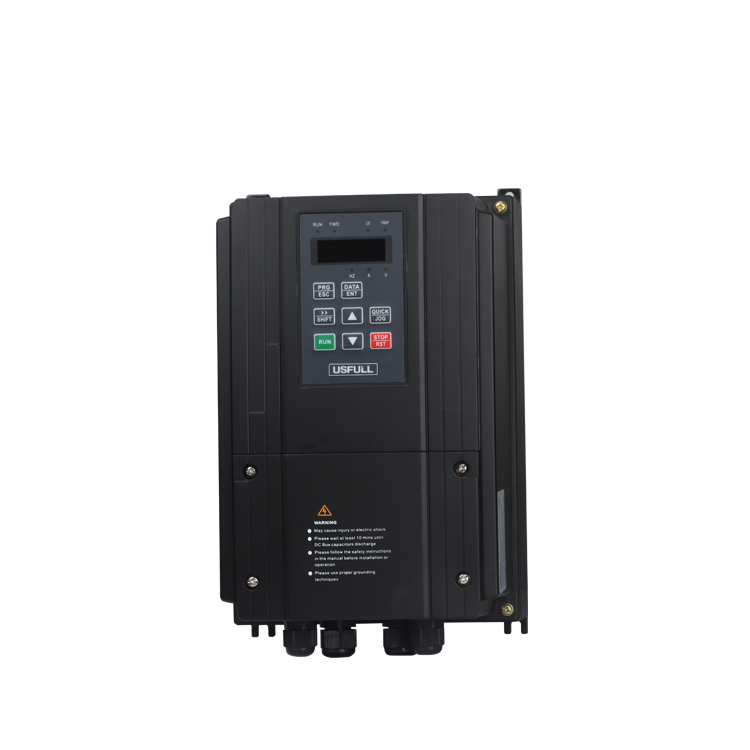Power electronics, a critical component in modern engineering, has been particularly transformative in the development of regenerative braking systems. This technology is at the forefront of sustainable innovation, recapturing energy that would otherwise be lost and contributing significantly to energy efficiency in various applications.
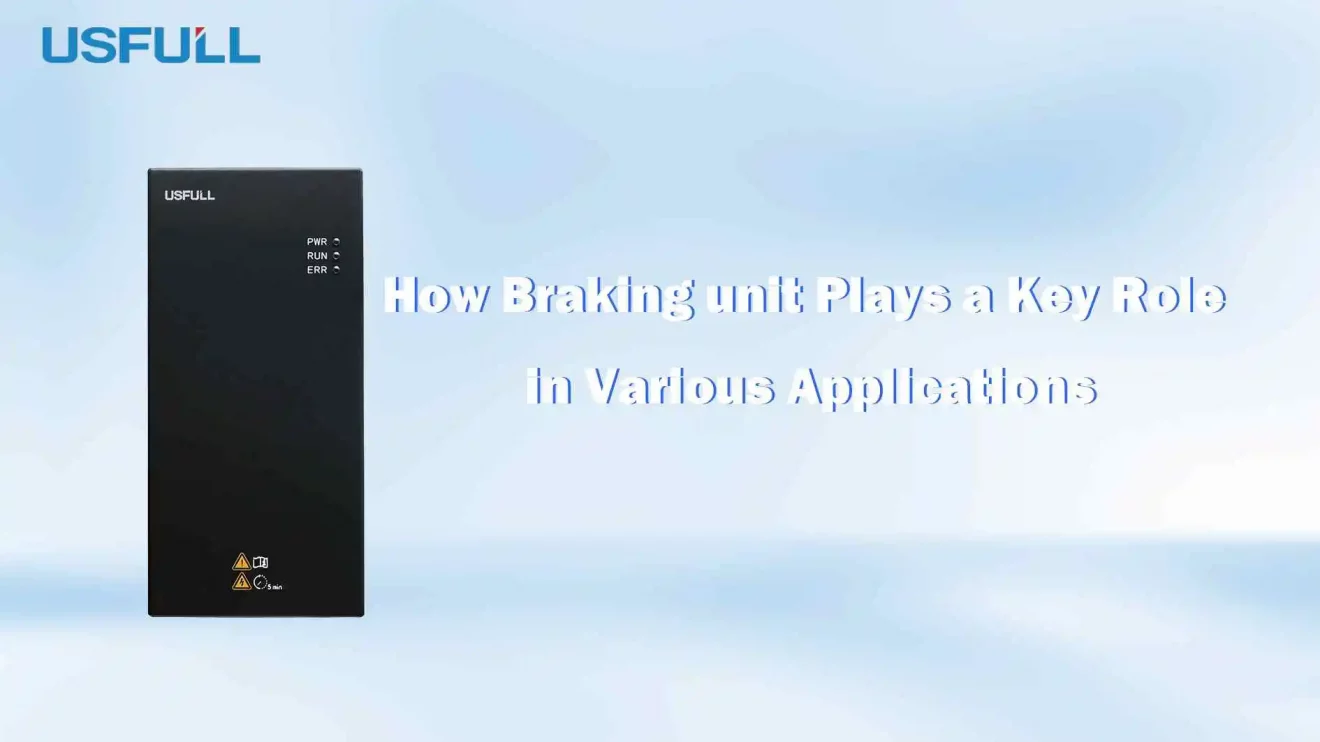
What is a Dynamic Braking Resistor Chopper Module?
A Dynamic Braking Resistor Chopper Module is an essential component in regenerative braking systems, pivotal for safely managing the energy recovered during the braking process. Also known as an “Energy Dissipation Controller,” this module meticulously chops and diverts the excess voltage generated by decelerating motors, transforming it into heat through resistors. This process not only aids in the braking efficiency of electric and hybrid vehicles but also serves as a protective measure for the motor and its electronic components.
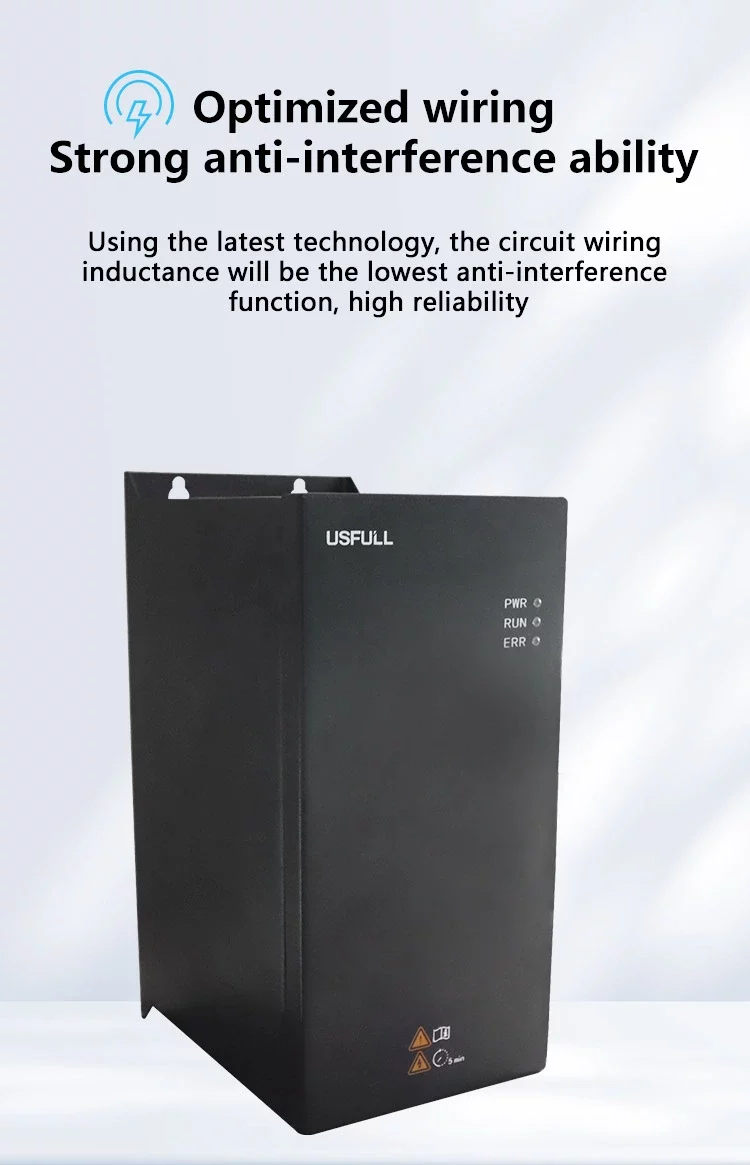
What is the DC Injection Braking Module
Complementing the dynamic braking system is the “DC Injection Braking Module,” which offers a different approach to halting motors. Recognized alternatively as a “Direct Current Braking Controller,” it functions by injecting DC into an AC motor to produce a controlled stopping action. This method is particularly beneficial in industrial settings where quick and reliable motor stops are critical.
Regenerative Braking: A Sustainable Revolution
Regenerative braking systems harness the power of electronics to recover kinetic energy during the braking process. Typically used in electric and hybrid vehicles, as well as in industrial machinery, these systems convert the energy normally dissipated as heat into electrical energy, which can then be stored for future use. This process not only conserves energy but also extends the range of electric vehicles and reduces wear on mechanical braking components.
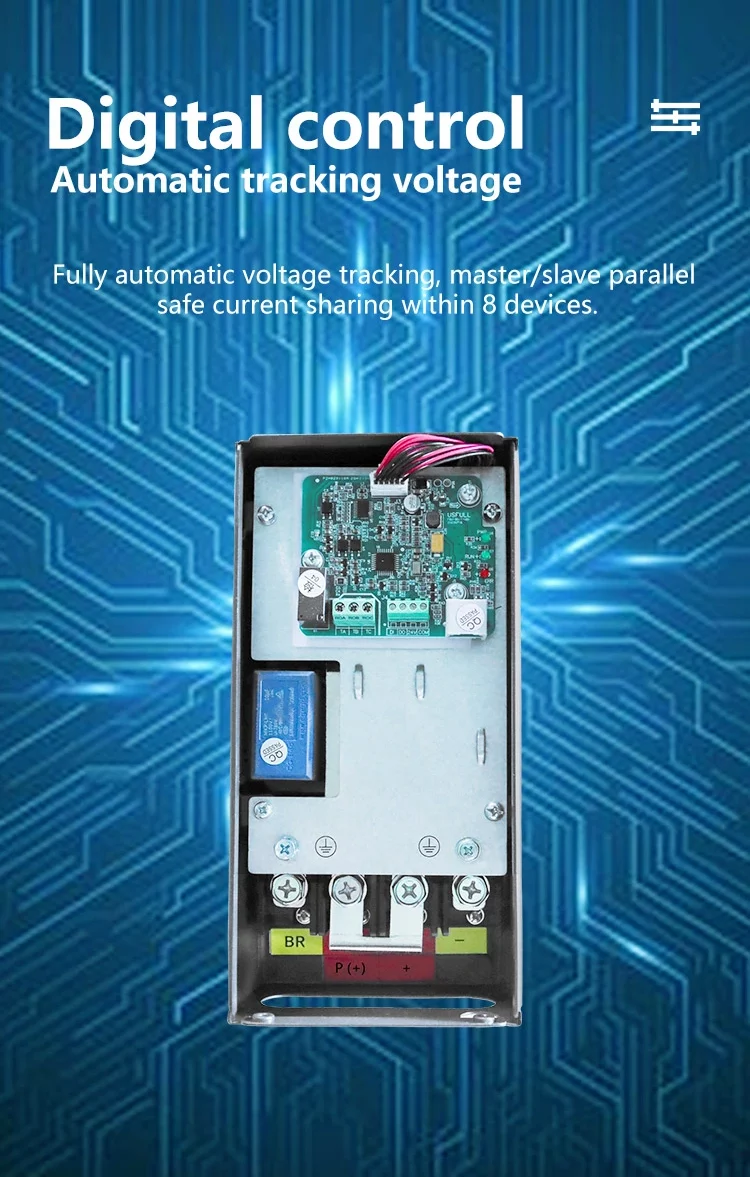
The Role of Frequency Converters
At the heart of regenerative braking lies the frequency converter. These advanced devices control the speed of electric motors with precision, allowing them to act as generators during braking. The variable frequency drives adjust the frequency and voltage supplied to the motor, enabling the seamless transition from driving to energy harvesting mode.
Digital Control Systems: Maximizing Energy Recovery
Digital control systems in power electronics have elevated the efficiency of regenerative braking to new heights. By providing real-time management and adjustment of electrical power, these controls ensure maximum energy recovery during deceleration. The precision of digital systems allows for the fine-tuning of the braking process, optimizing the amount of energy that can be regenerated.


